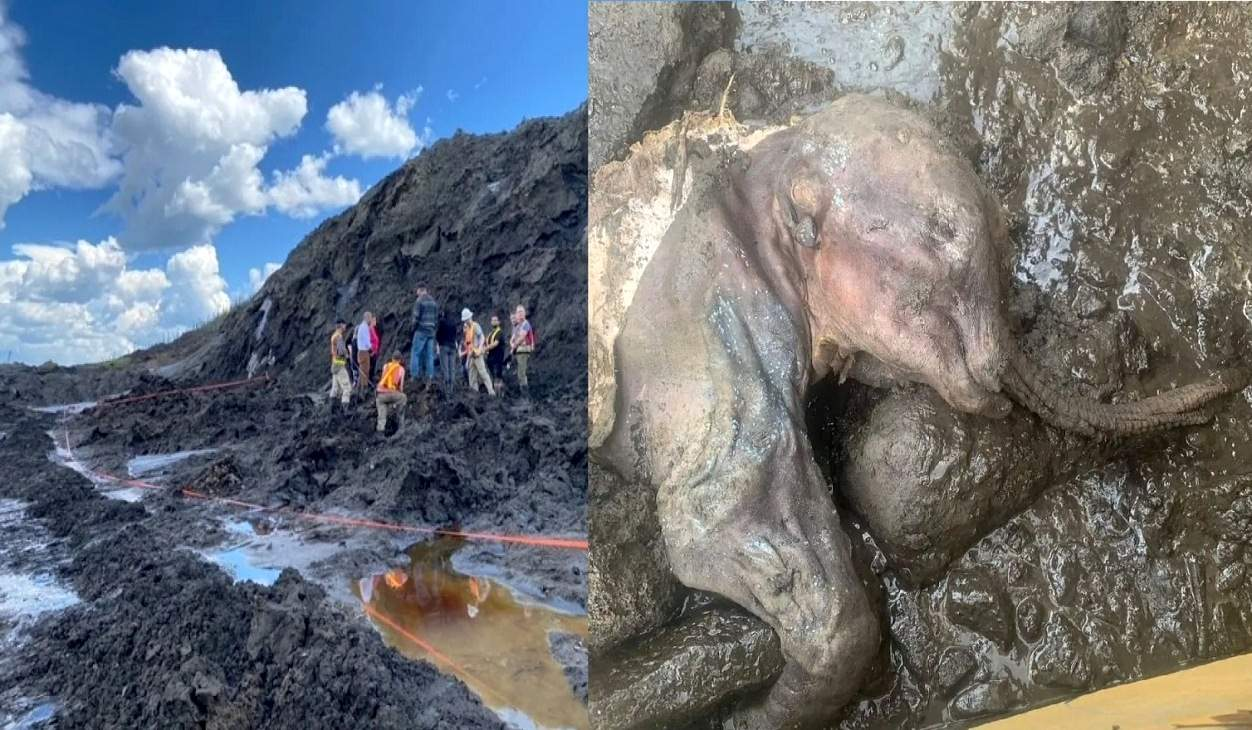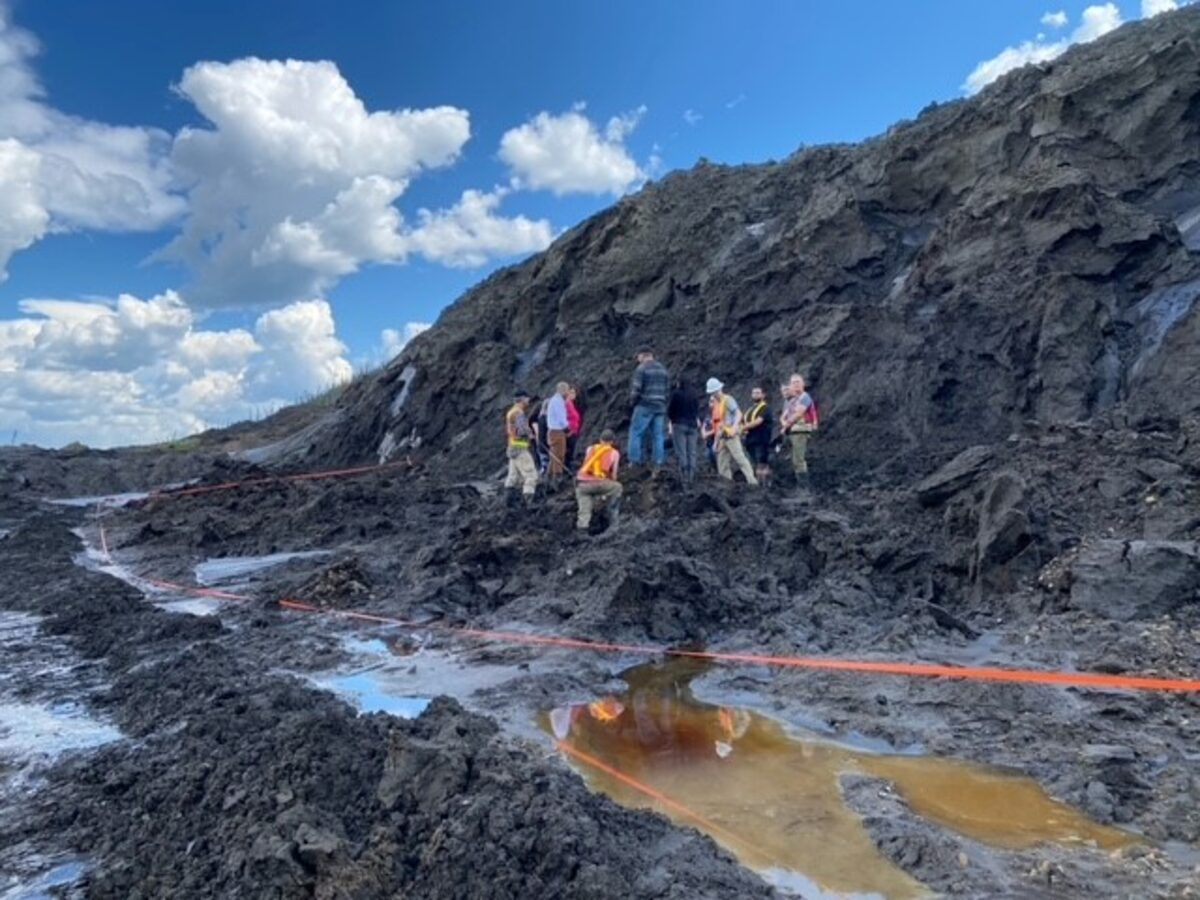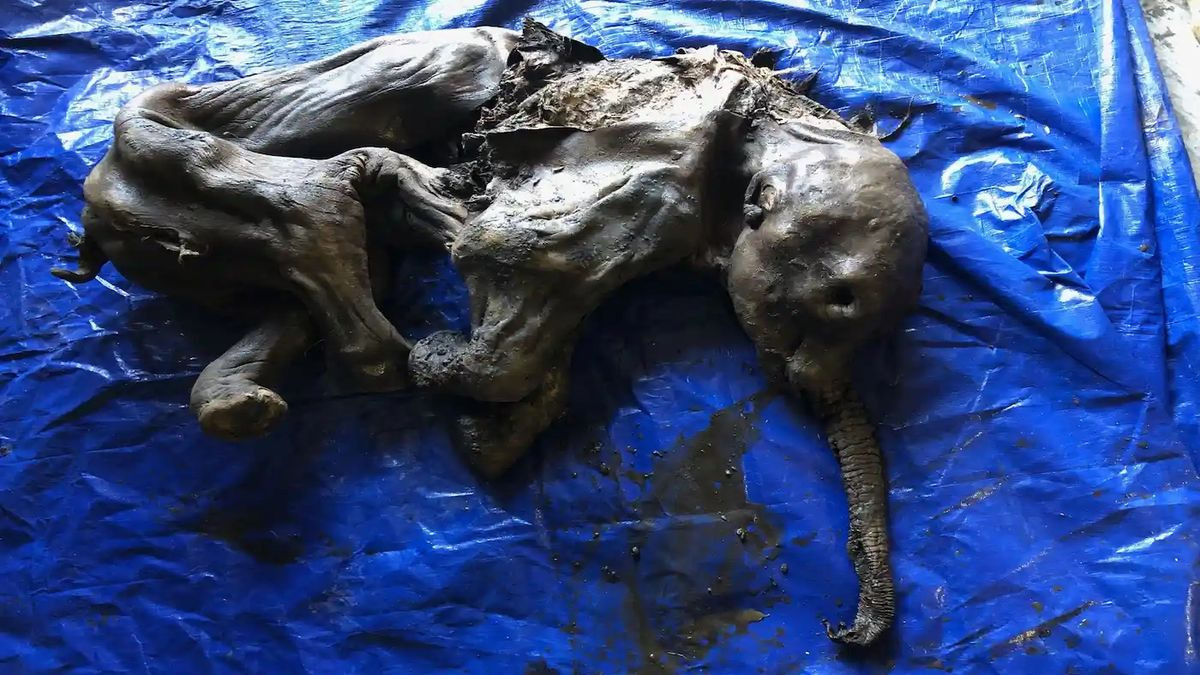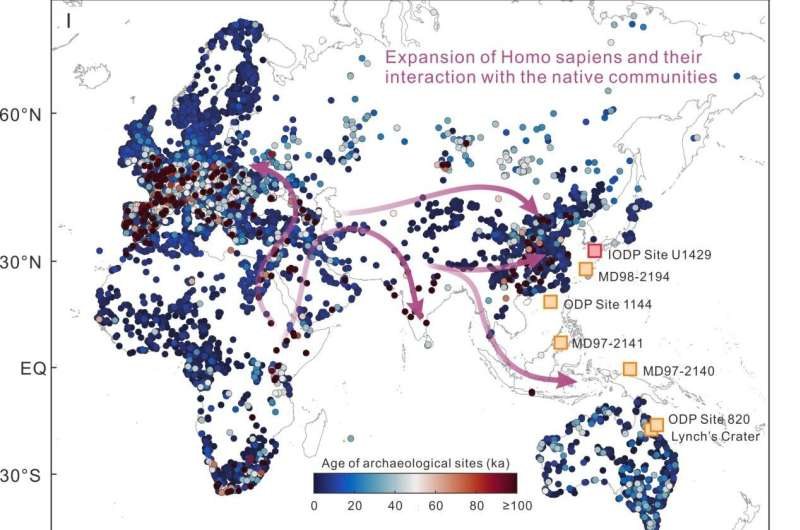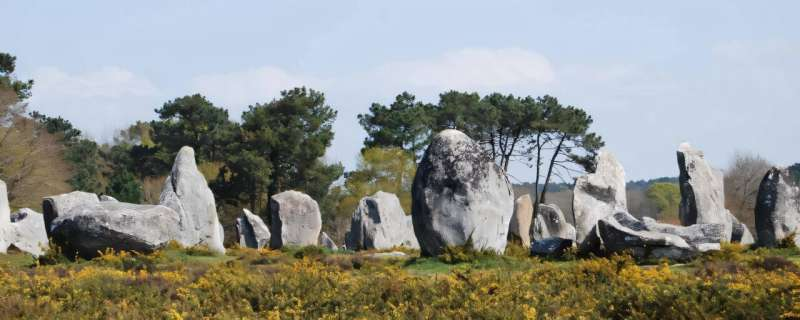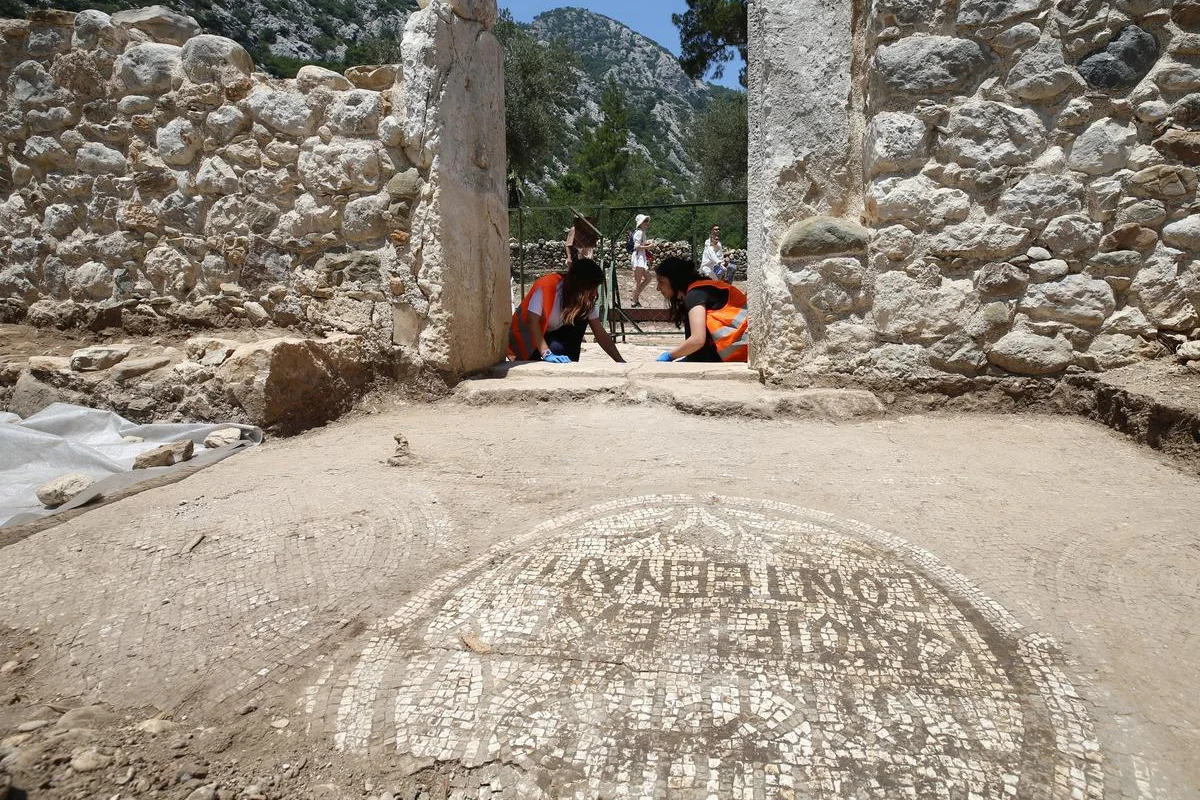The Remarkable Discovery of Nun Cho Ga: A Baby Woolly Mammoth Frozen in Time
In June 2022, a Yukon gold miner uncovered an astonishing piece of history in the permafrost: a baby woolly mammoth estimated to be over 30,000 years old. This incredible discovery was made in the Klondike Gold Fields, near the Canadian territory’s Trʼondëk Hwëchʼin First Nation lands, and it is among the most well-preserved Ice Age creatures ever found.
Nun cho ga, which translates to 'big baby animal' in the Hän language, is estimated to have been about one month old when it died some 30,000 years ago.
Discovery of a Lifetime
The miner was digging through the permafrost—a thick layer of permanently frozen ground—when the machinery unearthed something unexpected: the remarkably intact remains of a woolly mammoth calf. Upon further examination, paleontologists and scientists were amazed to see that the mammoth still had much of its skin, hair, trunk, and even toenails. This calf, affectionately named Nun cho ga—meaning "big baby animal" in the local Trʼondëk Hwëchʼin language—had been frozen in time for millennia, waiting for this discovery.
The baby woolly mammoth was discovered by miners at Eureka Creek near Dawson City.
What makes Nun cho ga exceptional is not only its age—over 30,000 years—but the sheer level of preservation. Woolly mammoths, which roamed much of the Northern Hemisphere during the last Ice Age, have long been extinct, but finds like this offer a rare opportunity to study these creatures in extraordinary detail. In fact, Nun cho ga is the second woolly mammoth calf ever found in North America and one of the most complete specimens ever discovered worldwide.
The Significance of Permafrost Preservation
Permafrost is an ancient, natural time capsule. It has helped preserve not just fossils, but entire specimens of Ice Age fauna in ways that allow scientists to glimpse a frozen world long lost. The low temperatures and constant freezing conditions of the permafrost act as nature’s preservative, slowing the process of decay and leaving both organic and environmental clues untouched.
In the case of Nun cho ga, this preservation opens up a treasure trove of scientific possibilities. Not only do scientists get to study the mammoth’s anatomy, but they also gain insight into its environment. Trapped within the permafrost, ancient pollen, plants, and even microorganisms can provide an ecological snapshot of life during the Pleistocene era, when woolly mammoths were a common sight across the tundra.
The Mammoth’s Life and Death
Although no one can say for certain, paleontologists speculate that Nun cho ga was about one month old at the time of death. The young mammoth likely wandered off from its herd or encountered a sudden, fatal accident, perhaps falling into mud or water that later froze. The cause of death and preservation conditions are important clues, helping scientists reconstruct Ice Age ecosystems and the species that lived during this period.
SHUTTERSTOCK — A mummified baby wooly mammoth similar to the illustration above has been found in Klondike gold fields within Trʼondëk Hwëchʼin Traditional Territory in the Yukon.
The woolly mammoth, a relative of modern elephants, was a herbivore that thrived in cold climates. Covered in thick fur and sporting long, curved tusks, they used their trunks to forage for grasses and other vegetation beneath the snow. Their extinction is believed to have occurred around 4,000 years ago, likely due to a combination of climate change and overhunting by early humans.
A Cultural and Scientific Collaboration
The discovery of Nun cho ga is significant not only for its scientific importance but also for its cultural impact. The Trʼondëk Hwëchʼin First Nation worked closely with government authorities and scientific teams in preserving and studying the remains. This partnership emphasizes respect for the land and its history, acknowledging that these remains are a connection to both ancient natural history and the cultural heritage of the indigenous people.
Elders of the Trʼondëk Hwëchʼin have shared stories passed down through generations about woolly mammoths, referred to as "big animals" in their oral histories. The discovery of Nun cho ga has revived interest in these stories, reinforcing the significance of traditional knowledge alongside modern scientific inquiry.
What’s Next for Nun Cho Ga?
Scientists from all over the world are eager to study Nun cho ga. While it is currently being analyzed in Canada, researchers will undoubtedly delve deeper into understanding the mammoth’s genetic makeup, diet, and environment. Some even speculate that with advances in DNA technology, woolly mammoths could be revived through cloning—though that is still the stuff of science fiction for now.
This discovery also brings attention to the impacts of climate change on permafrost, which is increasingly thawing in regions like the Yukon, revealing long-buried treasures of the past. While this creates opportunities for scientific exploration, it also raises questions about the fragile balance of ecosystems as they are altered by global warming.
A Window into the Ice Age
Nun cho ga’s discovery is a reminder of the wonders that lie hidden beneath the surface of the earth, waiting to be found. For scientists, this baby mammoth represents a precious glimpse into the Pleistocene era, helping to unlock secrets of a world long gone. For the Trʼondëk Hwëchʼin, it is a bridge between ancient tradition and modern discovery, reminding us that history is alive in many forms.
As research on Nun cho ga continues, the world watches in fascination, eager to learn more about this baby mammoth and the frozen wilderness it came from. This extraordinary find promises to enrich our understanding of the Ice Age, and perhaps even shape future discoveries about life, extinction, and the enduring mysteries of the past.

